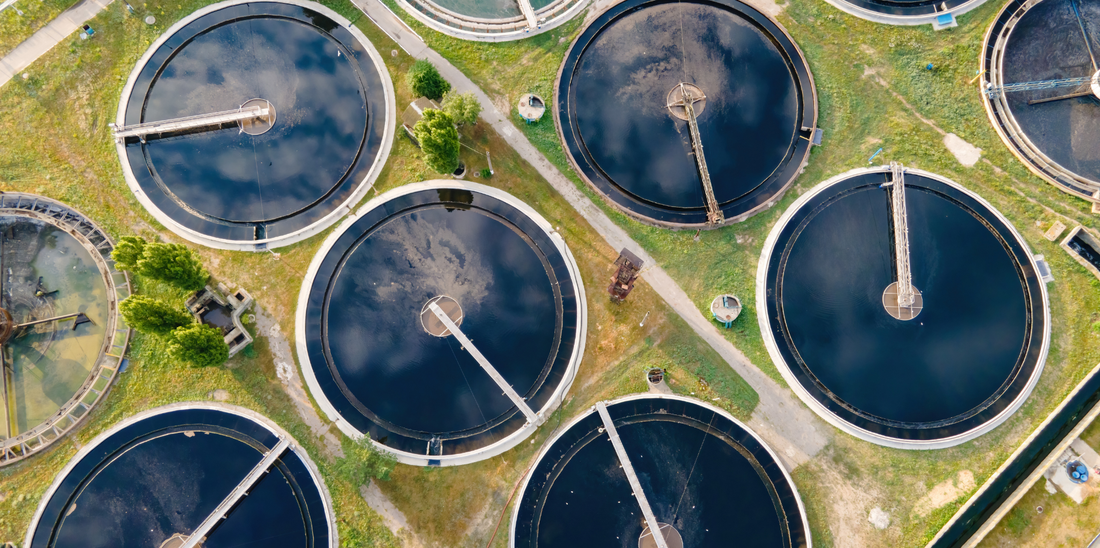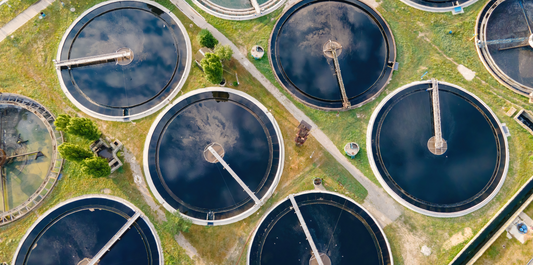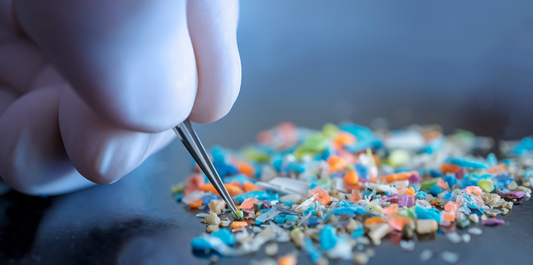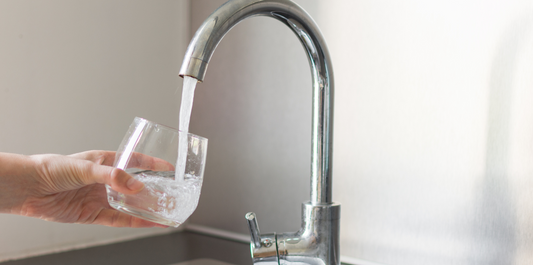There’s a major legal case unfolding in Luxembourg that could affect more than just government budgets—it could impact the water coming out of your tap. Several of the world’s largest pharmaceutical and personal care companies, including Bayer, Novo Nordisk, Unilever, and Procter & Gamble, are taking the European Union to court over a new waste-water directive. At the heart of the dispute is who should cover the cost of filtering out drug and cosmetic residues from urban sewage. If the companies succeed, progress on critical upgrades to treatment systems could slow. In the meantime, pollutants continue moving through outdated facilities—straight into the rivers and reservoirs many towns rely on for drinking water.
What the EU directive requires and why companies are pushing back
In late 2024, the EU introduced updated rules under the Urban Waste-Water Treatment Directive. These rules call for member states to remove around 80% of pharmaceutical and cosmetic micropollutants from sewage by 2045. Current removal rates sit closer to 30–40%, depending on the substance. A key part of the legislation is the Extended Producer Responsibility (EPR) scheme, which assigns at least 80% of the estimated €1.2 billion annual cost to the companies behind these products.
Industry representatives have expressed support for better purification overall, but they argue that the new rules unfairly single out pharmaceutical and cosmetics firms. They point out that other pollution sources—such as agriculture, household chemicals, and recreational drug use—are not held to the same financial obligations. There are also warnings that medicine prices could rise significantly as a result, with common treatments like metformin potentially becoming far more expensive. That’s why the case has been brought before the Court of Justice of the European Union.
This isn’t just policy—it affects the water in your home

Even before this legal dispute, Europe’s surface waters were under pressure. Fewer than one-third of water bodies in the EU currently meet “good” chemical standards. The majority contain persistent and harmful pollutants—including pharmaceutical compounds, heavy metals, pesticides, and industrial substances—that resist breakdown and accumulate over time. Some of the most widespread contaminants, like mercury and brominated flame retardants, continue to affect water quality even years after their use has declined.
While policymakers debate who pays for the clean-up, these residues continue moving through treatment systems and into household taps. Most waste-water plants were built decades ago and aren’t designed to remove trace pharmaceuticals that appear in extremely small concentrations. For people with vulnerable health—such as children, pregnant individuals, or those with weakened immune systems—this ongoing exposure is especially concerning.
How drug residues make their way into Europe’s waterways
Yes—and they’re not just a theoretical risk. Trace amounts of medications such as hormone therapies, antidepressants, and over-the-counter pain relief have been detected in rivers and lakes across Europe. These aren’t just environmental issues—they also raise questions about long-term human health effects.
Although safe disposal schemes are available through NHS and local pharmacies, the bigger problem comes from medicines that were flushed in the toilet or pass through the body and end up in sewage. Waste-water systems were never built to handle these substances at the molecular level.
Delays could take years, but you have options now
The lawsuits could push back the implementation of the new EU directive by several years. Even if the legislation is upheld, it will take time for each member state to update national laws, secure funding, and build new infrastructure capable of advanced treatment.
If you're looking for more immediate protection, point-of-use water filtration offers a practical option.
Reverse osmosis at home: how AquaTru fills the gap
AquaTru provides a clear alternative while public systems catch up. Our compact reverse osmosis systems are designed to remove a wide range of everyday water contaminants, including pharmaceutical residues.
Each unit goes through independent laboratory testing, and we make those results available through our performance data sheets so you can see what’s filtered out—without relying on guesswork.
AquaTru features a patented four-phase purification system that delivers high-performance filtration at home. Using a combination of mechanical filtration, pre-treatment for chlorine and chloramine, reverse osmosis, and a final activated coconut carbon stage, the system effectively removes a wide spectrum of contaminants—including chemicals, pharmaceutical residues, and heavy metals. It offers the same advanced approach being explored for public treatment facilities, but in a compact, countertop design or under the sink that produces clean, great-tasting water.
Protect your water today
The legal process may take years to settle, but water quality can’t wait. With AquaTru, you don’t have to depend on external systems or delayed infrastructure. You have the tools to reduce exposure to drug residues, microplastics, pesticides, and heavy metals in your home today.






